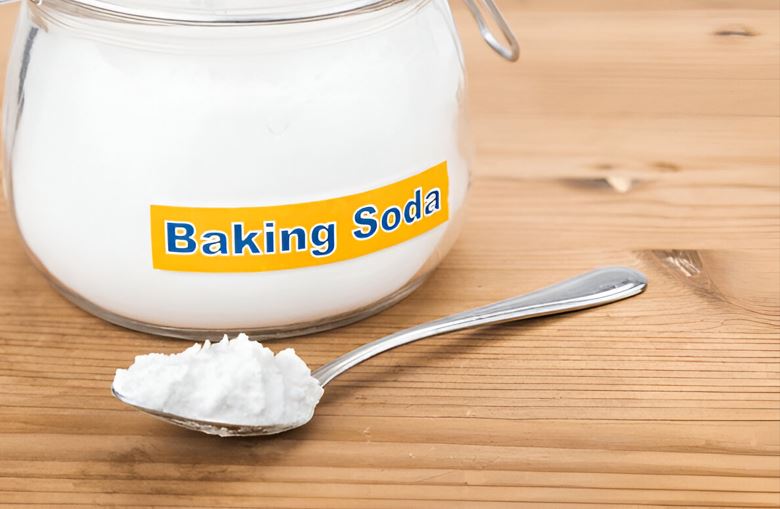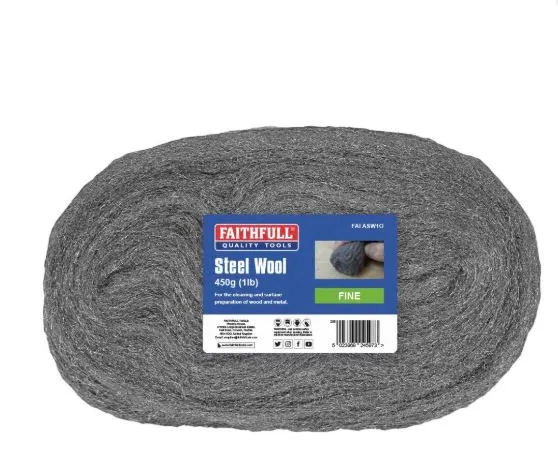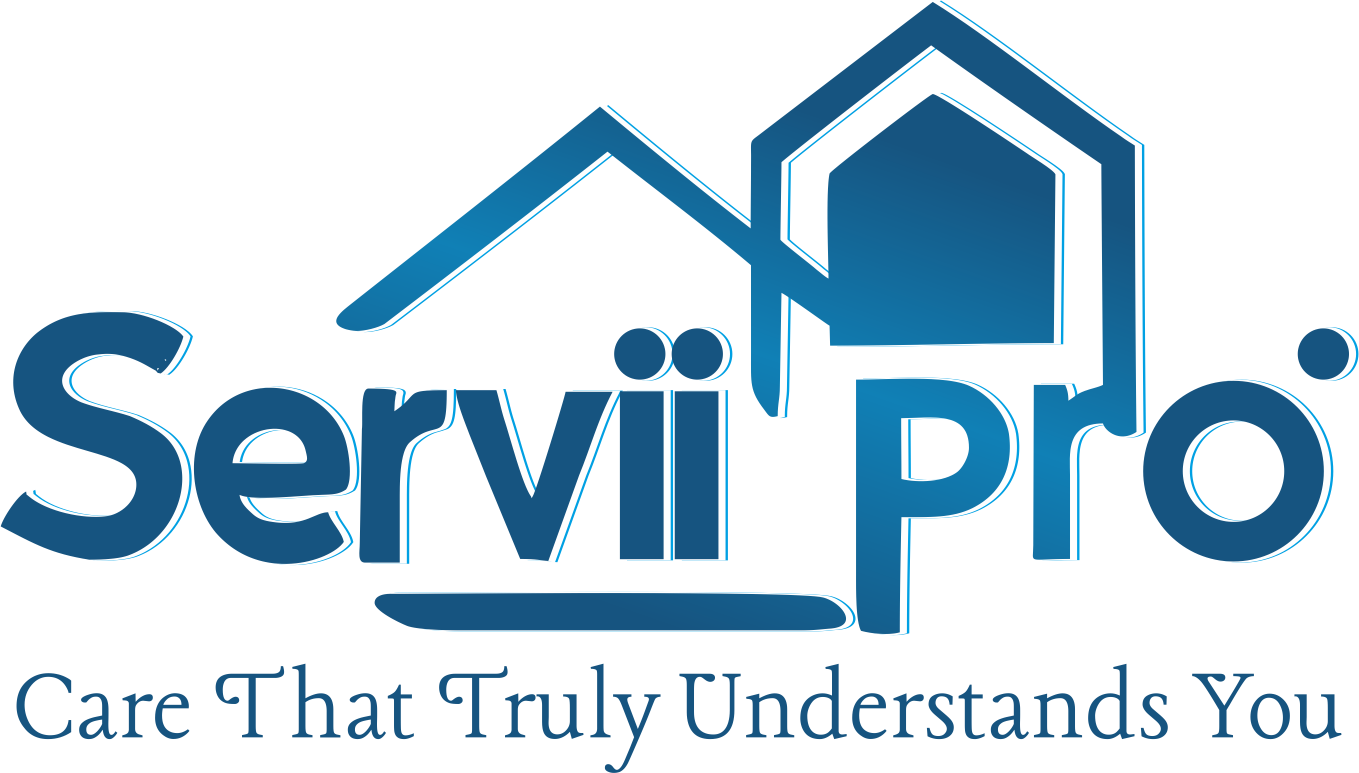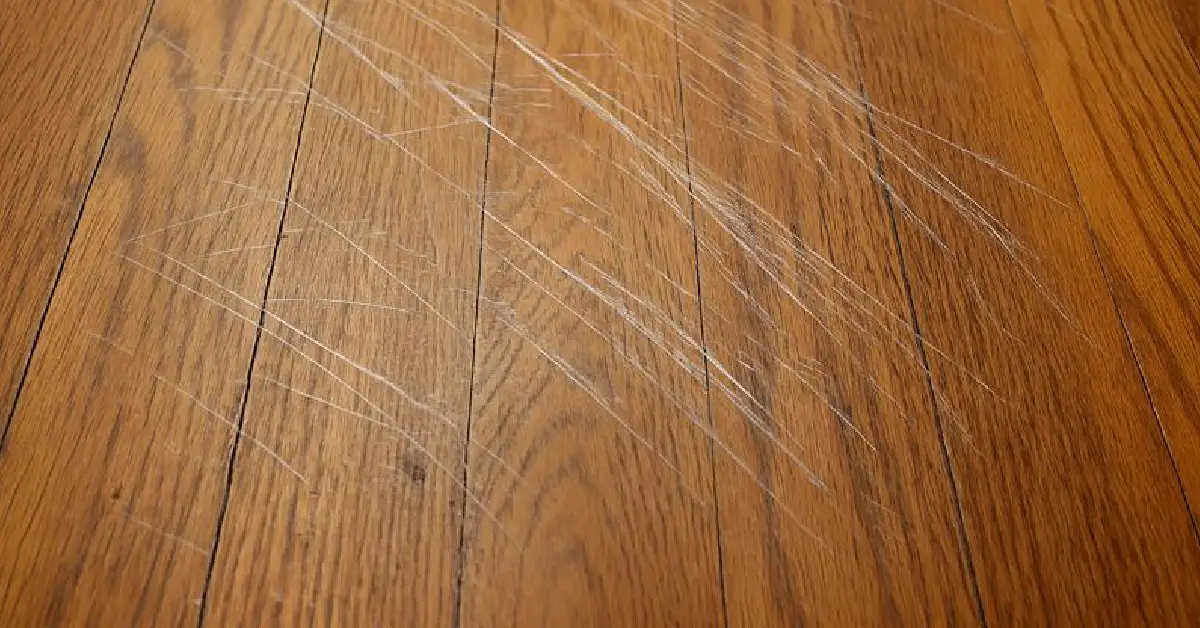Hardwood floors are a beautiful and valuable investment in any home, but nothing mars their appearance faster than unsightly scuff marks. These dark streaks and scratches can make even the most well-maintained hardwood floors look worn and neglected. The good news is that most scuff marks are surface-level blemishes that can be removed with simple, inexpensive methods. This step-by-step guide will walk you through everything you need to know about identifying, treating, and preventing scuff marks on your precious hardwood floors.
What Causes Scuff Marks on Hardwood Floors
Scuff marks on hardwood floors occur when abrasive materials scrape against the protective finish, creating surface-level blemishes without penetrating the wood. The main culprits include rubber-soled shoes (particularly sneakers and work boots), which a 2019 New Zealand study identified as the leading cause due to their high friction. Furniture movement, whether from dragging chairs or improperly lifting heavy items, leaves noticeable marks, while pet claws and children’s toys with rough edges contribute to gradual wear.
Dirt and grit act like natural sandpaper, creating micro-scratches that accumulate into visible damage over time. Research from the University of Auckland (2018) revealed that high-traffic areas develop scuffs three times faster than less-used spaces, but simple preventive measures like entryway mats and furniture pads can reduce this damage by over 60%. These findings underscore how everyday activities impact floor surfaces and highlight the importance of proactive protection.
Most Effective Methods to Get Scuff Marks Off Hardwood Floor
Below are the most effective method to clean a hardwood floor:
1. The Tennis Ball Method: A Surprising but Effective Solution

One of the most unexpected yet effective tools for scuff removal is an ordinary tennis ball. The slightly abrasive rubber surface works like a gentle eraser on floor marks.
How to do it properly:
- Use a clean, new tennis ball for best results (old ones may have accumulated dirt)
- Hold the ball firmly and rub it back and forth over the scuff mark
- Apply moderate pressure while working with the wood grain
- Continue until the mark disappears
- Wipe the area with a clean, dry microfiber cloth
This method works particularly well for shoe marks and light scuffs. The tennis ball’s texture provides just enough abrasion to remove the mark without damaging the floor’s finish. Many professional cleaners keep tennis balls in their toolkit specifically for this purpose.
2. Pencil Eraser Technique: Precision Scuff Removal

For smaller, more precise scuff marks, a standard pencil eraser can work wonders. The key is using a clean, white eraser to avoid transferring any color to your floors.
Step-by-step instructions:
- Choose a high-quality white vinyl eraser
- Test on an inconspicuous area first
- Hold the eraser at a 45-degree angle to the floor
- Rub gently along the grain of the wood
- Use short, controlled strokes
- Brush away eraser debris with a soft brush
- Polish the area with a clean cloth
This method is ideal for:
- Small, isolated scuff marks
- Hard-to-reach corners
- Delicate floor areas where you want maximum control
3. Baking Soda Paste to Get Rid of Scuff Marks

Baking soda’s mild abrasive properties make it perfect for tackling moderate scuff marks without harsh chemicals.
Creating and applying the paste:
- Mix 2 tablespoons of baking soda with 1 teaspoon of water
- Stir to form a thick, spreadable paste
- Apply a small amount to a soft, clean cloth
- Gently rub the paste onto the scuff mark
- Work in circular motions for 15-30 seconds
- Wipe clean with a damp cloth
- Dry immediately with a separate clean towel
Why this works: The fine granules in baking soda provide just enough abrasion to lift the scuff without scratching the floor’s finish. It’s also pH-neutral, making it safe for all types of hardwood floor finishes.
4. Mayonnaise Method: The Oil-Based Solution
While it might sound unusual, mayonnaise can be remarkably effective at removing certain types of scuff marks, particularly those caused by rubber.
Application process:
- Choose a regular, full-fat mayonnaise
- Apply a pea-sized amount directly to the scuff
- Let it sit for 2-3 minutes (no longer)
- Gently rub with a soft cloth
- Wipe clean with a slightly damp cloth
- Buff dry immediately
The science behind it: The oils in mayonnaise help break down the rubber transfer from shoes, while the slight acidity helps lift the mark from the floor’s surface. This method works best on recent scuffs rather than old, set-in marks.
5. Oil and Vinegar Combination: The Natural Cleaner

This traditional cleaning solution works well on both scuff marks and general floor maintenance.
Proper mixing and application:
- Mix equal parts olive oil and white vinegar (1 tablespoon each)
- Dip a microfiber cloth into the solution
- Wring out excess liquid
- Rub the scuff mark following the wood grain
- Allow to sit for 1 minute
- Wipe clean with a dry cloth
- Buff to a shine
Benefits:
- Vinegar helps dissolve the scuff mark
- Olive oil conditions the wood
- Leaves a protective shine
- Completely natural and non-toxic
Dealing With Stubborn Hardwood Scuff Marks
For more persistent scuffs that resist the gentler methods, you’ll need to escalate your approach carefully to avoid damaging your floors.
1. Fine Steel Wool (#0000 Grade) for Tough Scuffs

When used correctly, extra-fine steel wool can remove deep scuffs without harming your floor’s finish.
Safe usage guidelines:
- Always use #0000 grade (the finest available)
- Work with the wood grain only
- Apply minimal pressure
- Move in straight lines, not circles
- Follow immediately with wood polish
- Never use on unfinished or waxed floors
Best for:
- Black heel marks
- Deep scratches/scuffs
- Areas with multiple overlapping marks
2. Magic Eraser: The Modern Solution
Melamine foam (sold as Magic Eraser) can be effective but requires caution.
Proper technique:
- Dampen the eraser slightly
- Test in an inconspicuous area first
- Use very light pressure
- Work in small sections
- Rinse the area immediately after
- Dry thoroughly
- Apply wood conditioner afterward
Important warning: Overuse can dull the floor’s finish, so this should be a last-resort method before calling professionals.
3. Commercial Hardwood Floor Cleaners
When home remedies fail, specialized products can help.
Top recommended products:
- Bona Hardwood Floor Cleaner
- Weiman Hardwood Floor Cleaner
- Murphy’s Oil Soap
Application tips:
- Always follow manufacturer instructions
- Never mix different products
- Use the recommended applicators
- Don’t over-wet the floor
- Dry completely before walking on
How to Prevent Scuff Marks on Hardwood Floor
Preventing scuff marks is far easier than removing them. Implement these strategies:
1. Strategic Floor Protection:
- Place high-quality doormats at every entrance
- Use area rugs in high-traffic zones
- Install protective floor pads under furniture
- Apply felt pads to chair and table legs
2. Household Rules:
- Establish a no-shoes policy indoors
- Keep pet nails trimmed
- Lift rather than drag furniture
- Use protective coasters under heavy items
3. Regular Maintenance:
- Sweep daily with a soft-bristle broom
- Damp mop weekly with proper cleaner
- Immediately clean any spills
- Reapply protective coatings as needed
4. Seasonal Considerations:
- More frequent cleaning in wet weather
- Extra protection during holiday seasons
- Special care during home renovation projects
Final Recommendations
Start with the gentlest method (tennis ball or eraser) and gradually work up to stronger solutions as needed. Always:
- Test any treatment in an inconspicuous area first
- Work with the wood grain, not against it
- Use minimal moisture
- Dry thoroughly after cleaning
- Apply protective polish when finished
For severe cases or if you’re uncertain, give ServiiPro a call to book our commerical cleaning services offered in Auckland. Proper care and maintenance will keep your hardwood floors looking beautiful for decades to come.
Does wood polish remove scratches from the floor?
No, wood polish does not remove scratches. It may help to conceal minor scuffs and enhance the floor’s shine, but it doesn’t repair or fill in scratches. For deeper scratches, you may need a wood filler or a more specialized repair method.
FAQs
How can I remove scuff marks from hardwood floors?
You can use a rubber eraser, a mixture of water and vinegar, or a hardwood floor cleaner. For tougher scuffs, try using a baking soda paste or a magic eraser.
Is it safe to use a magic eraser on hardwood floors?
Yes, but be cautious. Magic erasers can remove scuff marks, but they can also strip the finish if used too aggressively. Test on a small area first.
Can vinegar damage hardwood floors?
Vinegar can be effective in removing scuff marks, but using too much or leaving it on too long may damage the finish. Always dilute it with water and wipe the floor dry afterward.
How do I prevent scuff marks on hardwood floors?
Use furniture pads, area rugs, and clean the floor regularly. Avoid dragging furniture across the floor and keep shoe heels in check.
Can I use a steam mop to remove scuff marks?
Steam mops are not ideal for hardwood floors, as the moisture can damage the wood. It’s better to clean scuffs with a dry or slightly damp cloth.

